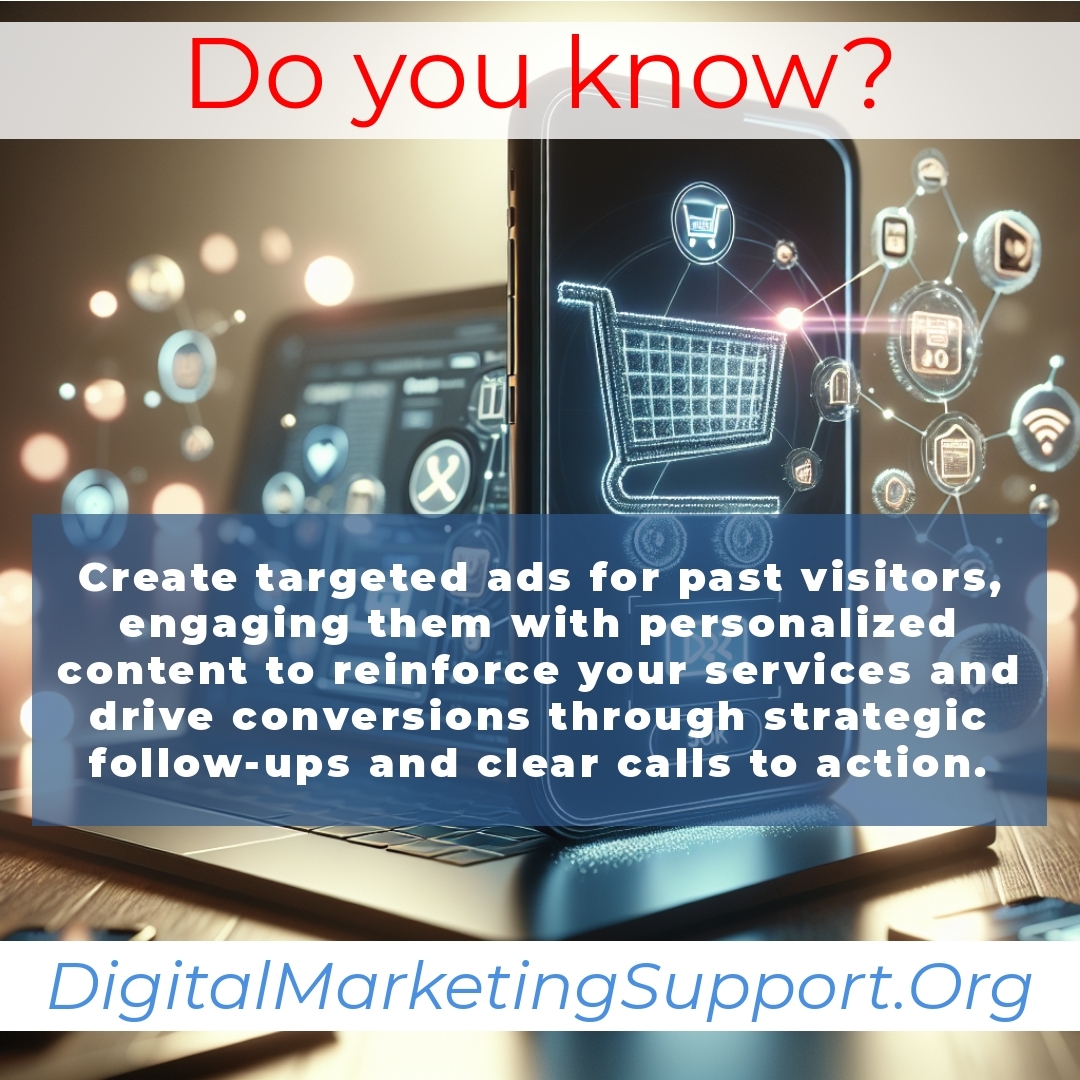Retargeting strategy refers to a digital marketing approach aimed at re-engaging potential customers who have previously interacted with your brand. This strategy is significant as it drives conversions by leveraging customer behavior, ensuring that businesses can effectively remind and encourage users to complete their purchases.
“Reconnect with your audience; conversions thrive on familiar faces.”

What is Retargeting?
Retargeting ads are a smart way to keep your brand in front of people who have already shown interest in your services. By displaying tailored ads to visitors who didn’t convert the first time around, you can significantly improve your chances of turning them into customers. This approach ties directly into conversion rate optimization, as it focuses on enhancing the effectiveness of your existing traffic rather than solely attracting new visitors.
For example, if someone visits your website and browses your services but leaves without making a purchase, retargeting ads can follow them around the web, reminding them of what they were interested in. This persistent presence helps reinforce your brand and gently nudges them toward completing their transaction.
Why Retargeting Matters
Effective retargeting can have a profound impact on both sales and customer engagement. By targeting users who are already familiar with your brand, you create a more personalized and relevant advertising experience. This not only boosts your conversion rates but also strengthens the relationship between your business and potential customers.
Audience targeting is a cornerstone of online advertising, and retargeting takes it a step further by focusing on users who have already interacted with your business. Studies have shown that retargeting can increase conversion rates by up to 70%, demonstrating its power in driving meaningful results.
Steps to Build Your Retargeting Strategy
How to Build a Retargeting Strategy for Services
1. Define Your Target Audience
Start by understanding who your potential customers are. Customer segmentation allows you to categorize your audience based on behaviors, interests, and demographics. This ensures that your retargeting ads are relevant and appealing to each specific group.
2. Choose the Right Platforms
Selecting the appropriate platforms is crucial for the success of your retargeting efforts. Popular options include Facebook and Google, both of which offer robust retargeting tools. Each platform has its unique strengths, so choose the ones that align best with your audience’s online habits.
3. Create Compelling Ad Content
Your ads need to stand out and entice users to take action. Focus on designing visually appealing ads with clear messaging and strong calls to action. Highlight the benefits of your services and make it easy for users to understand what sets you apart from the competition.
4. Set Up Your Retargeting Campaign
Once your audience and platforms are ready, it’s time to set up your retargeting campaign. This involves placing tracking pixels on your website, defining your audience segments, and scheduling your ads. Ensure that your technical setup is flawless to maximize the effectiveness of your strategy.
Best Practices
Effective Retargeting Strategies to Boost Conversions
To create successful retargeting ad campaigns, consider the following best practices:
- Personalize your ads based on user behavior and preferences.
- Maintain a balance in ad frequency to avoid overwhelming your audience.
- Use A/B testing to identify which ad variations perform best.
- Keep your messaging consistent with your overall brand voice.
Timing is also key. Show your ads when users are most likely to convert, and adjust the frequency to ensure your ads remain effective without becoming intrusive. Continuously optimizing your campaigns through testing and analysis will help you achieve the best possible results.
Conclusion
A well-planned retargeting strategy is essential for driving conversions and maximizing the effectiveness of your digital marketing efforts. By focusing on customer segmentation and leveraging the right platforms, you can create highly targeted retargeting ads that engage potential customers and encourage them to take action. Implementing best practices such as personalized content, strategic timing, and ongoing optimization will further enhance your campaign’s success, ultimately leading to increased sales and stronger customer relationships.
FAQ
What is retargeting?
Retargeting is a form of online advertising that allows you to display ads to users who have previously visited your website but didn’t make a purchase or complete a desired action. It helps keep your brand in front of potential customers and encourages them to return and convert.
Why is retargeting important?
Retargeting is important because it focuses on users who are already familiar with your brand. This leads to more personalized advertising experiences, which can significantly increase conversion rates and enhance customer engagement.
How can I build a retargeting strategy?
To build an effective retargeting strategy, follow these steps:
- Define your target audience: Segment your audience based on their behaviors, interests, and demographics.
- Choose the right platforms: Select platforms like Facebook or Google that align with your audience’s online habits.
- Create compelling ad content: Design visually appealing ads with clear messaging and strong calls to action.
- Set up your retargeting campaign: Place tracking pixels on your site, define audience segments, and schedule your ads.
What are some best practices for retargeting?
Here are some effective best practices for retargeting:
- Personalize your ads based on user behavior.
- Maintain a balance in ad frequency to avoid overwhelming your audience.
- Use A/B testing to determine the best performing ad variations.
- Keep your messaging consistent with your brand voice.
How does retargeting improve conversion rates?
Retargeting can improve conversion rates by reminding users of your products or services after they have shown interest. It keeps your brand top-of-mind and encourages users to return and make a purchase, sometimes increasing conversion rates by up to 70%.









